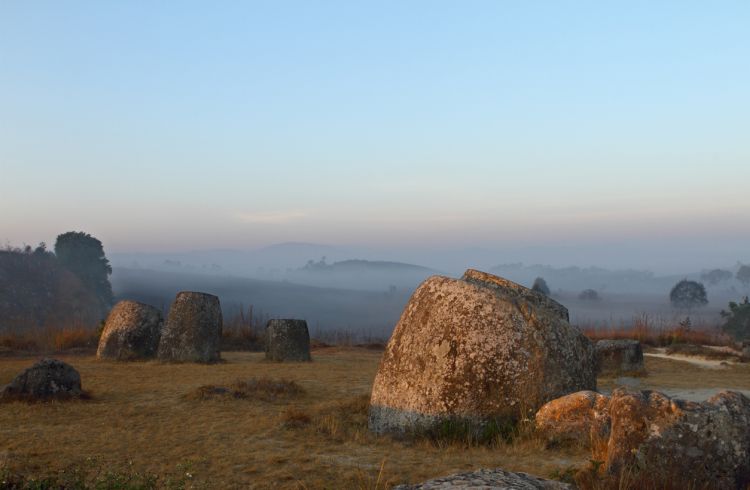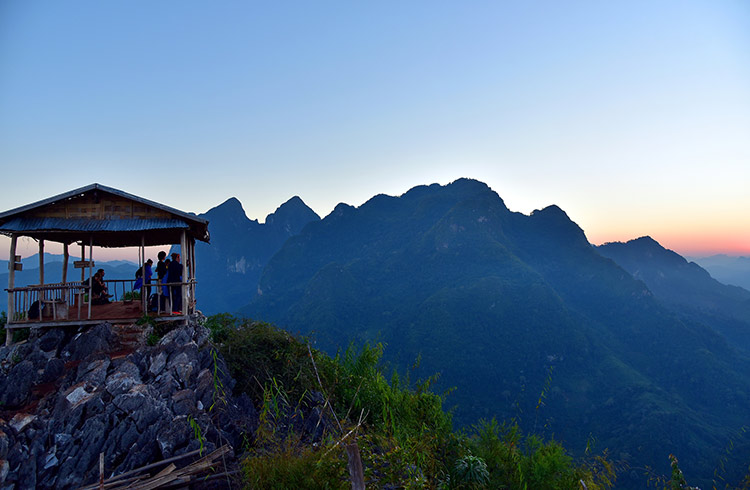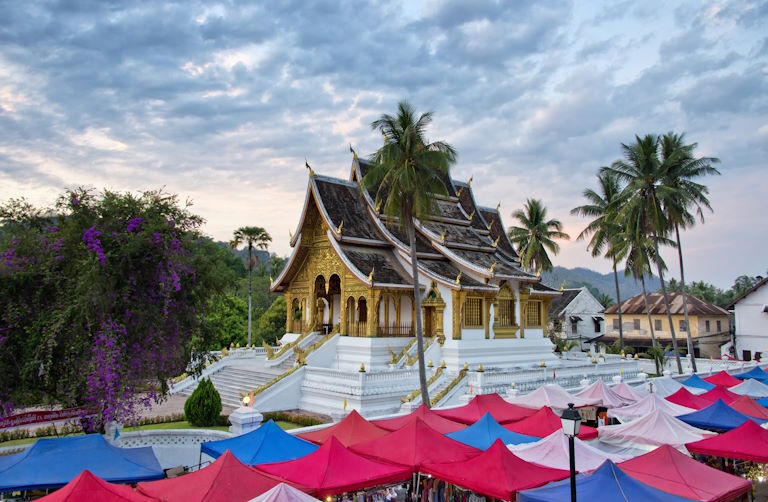Why You Should Tread Carefully at Laos' Plain of Jars
The mysterious Plain of Jars in Laos is not to be missed, but there are dangers littered among the ancient stone cauldrons. Here's what you need to know to have a safe visit.
 Photo © iStock/joakimbkk
Photo © iStock/joakimbkk
What is the Plain of Jars?
At Phonsavan, 400km north of Laos's capital
Estimated to be around 2,500 years old, there are many theories as to when and how they got there, and what were they used for. These include:
- A mysterious, ancient civilization dragged these stones here with great effort, similar to Stonehenge in the UK.
- They‘re burial chambers.
- The jars are distilling vessels used as a part of funerary procedures.
- They were used to create a strong rice brew to celebrate the victory of a group of giants over their enemies.
- The jars held whiskey for a giant who lived in the mountains.
In 2016, a group of scientists from the Australian National University discovered a new burial ground at Plain of Jars. They excavated 384 stone jars and also found human remains dating back to the Iron Age, proving that it's likely these stone urns are more to do with burials than big mountain men.
Shadows of past war
The region around the Plain of Jars is one of the deadliest places on earth, with 20 to 30 people a month being killed by unexploded ordnance (UXO) (that‘s bombs and missiles to you and me).
Between 1964 and 1973, the US dropped almost 270 million bombs on this part of Laos in an attempt to interrupt the Ho Chi Minh Trail; the supply line which supported the Vietcong in neighboring Vietnam. On average over the nine years of the war, a B-52 full of bombs was dropped here every 8 minutes.
An aid organization, Mines Advisory Group, (MAG) is working to remove the ordinance from the area but it‘s a daunting task. They say, There are so many they‘ll probably never find them all.
The Mines Advisory Group has an information center in Phonsavan where you can learn more about their efforts, the history and the effects UXO's have had in Laos particularly on the local people.
Despite the slow painstaking task of mine removal, local authorities hope to have the Plain of Jars selected as a UNESCO World Heritage site.
Tips to stay safe
The tourist areas of The Plain of Jars are relatively safe, but walking off established paths could end be deadly.
Stick to the well-worn trails; MAG has marked cleared areas with pairs of red and white markers…. stay between the white markers.
Despite attempts to standardize them, there are still many variations of UXO warning signs.
If you insist on trekking off the beaten path, check with locals police or villagers about the safe paths. Or better still take a guide; you‘ll be safe and you support local employment.
Related articles
Simple and flexible travel insurance
You can buy at home or while traveling, and claim online from anywhere in the world. With 150+ adventure activities covered and 24/7 emergency assistance.
Get a quote

No Comments